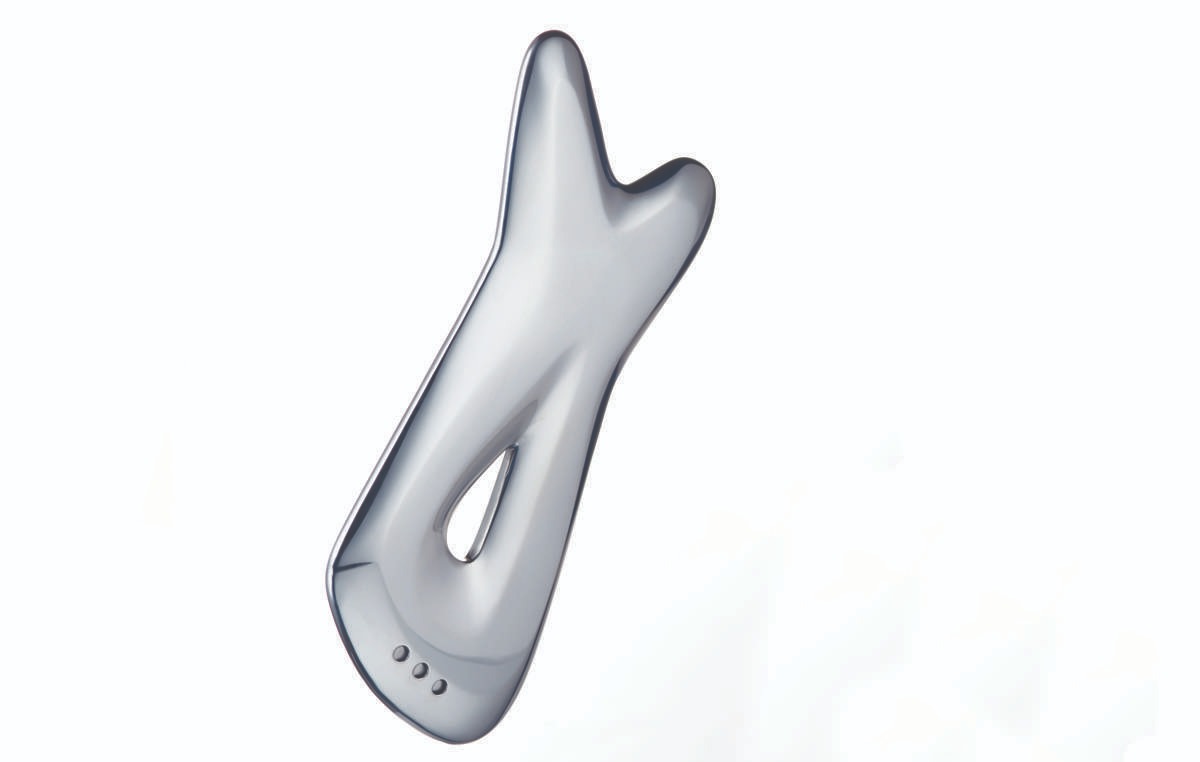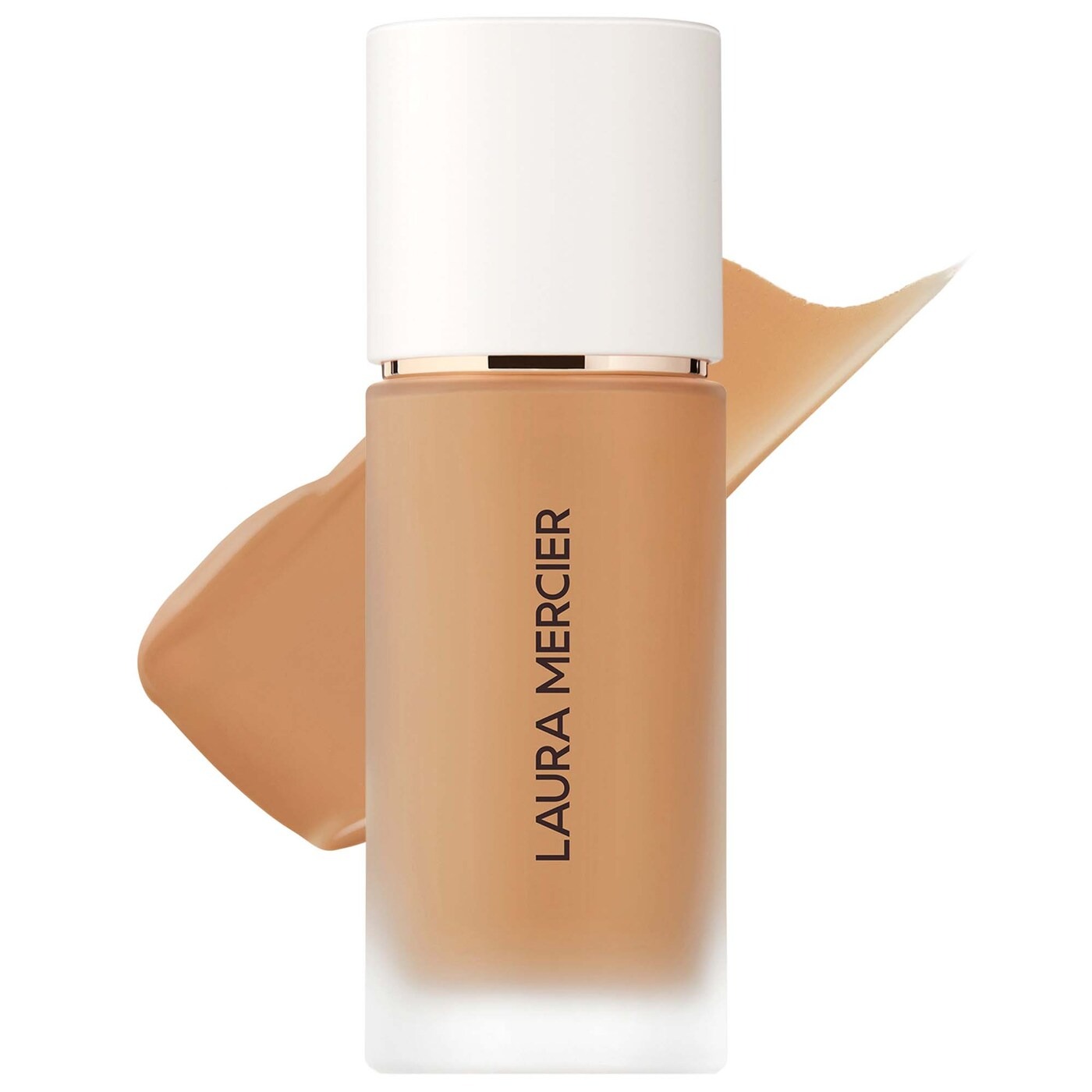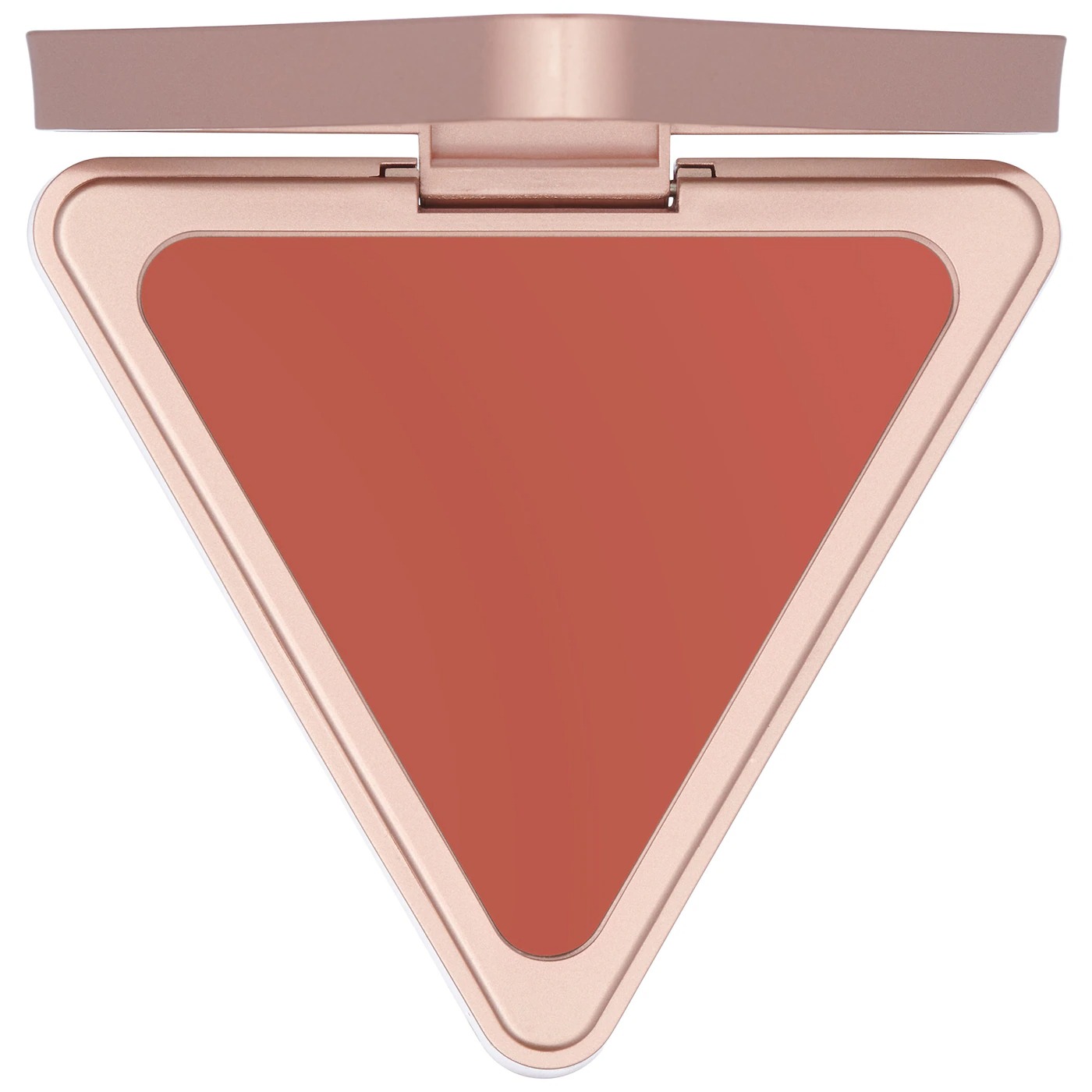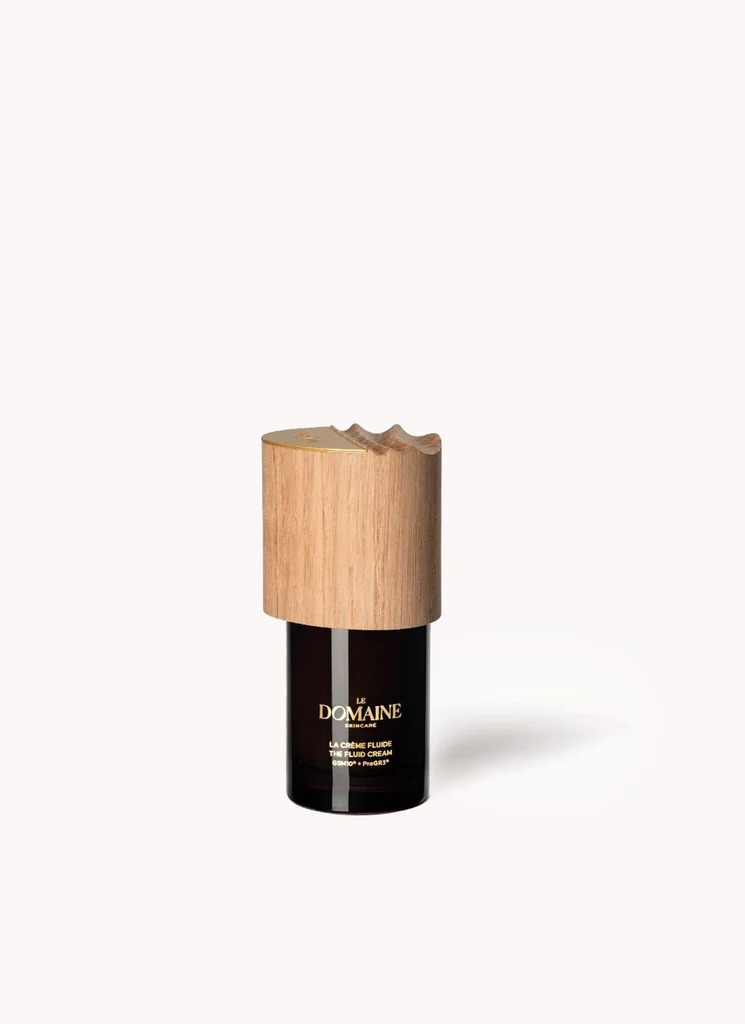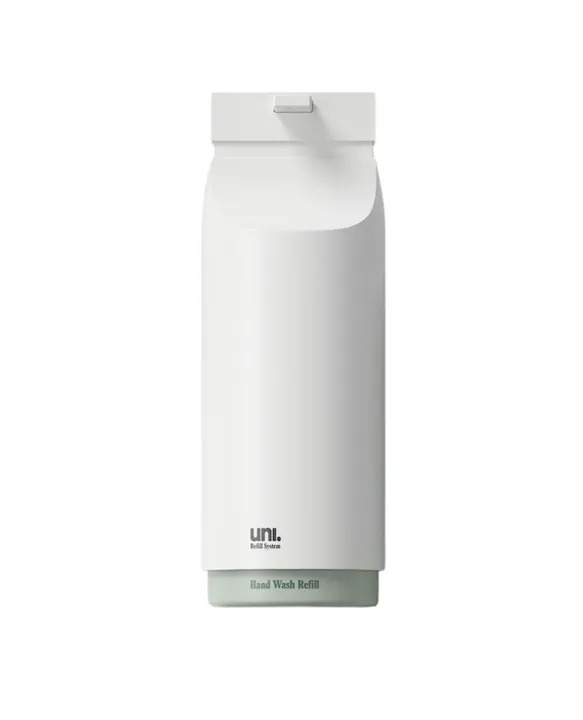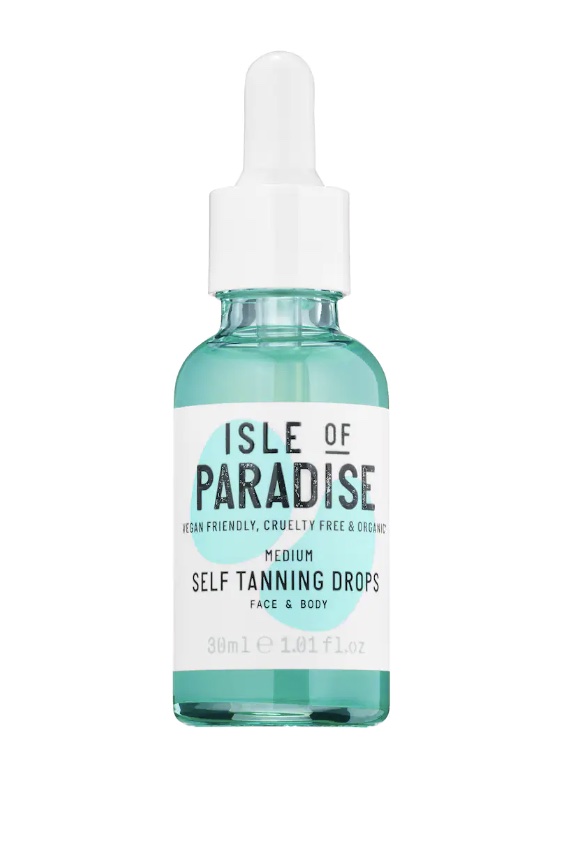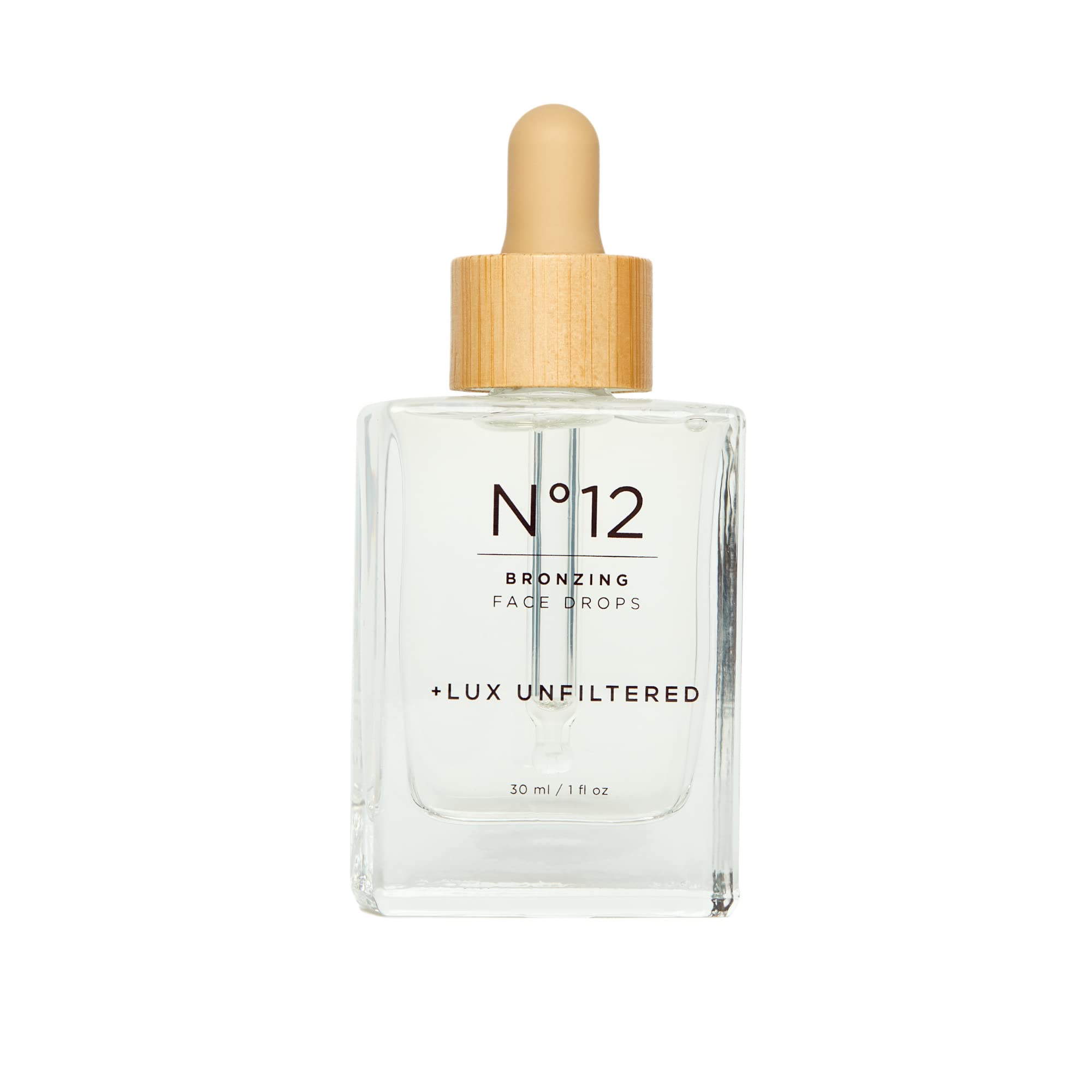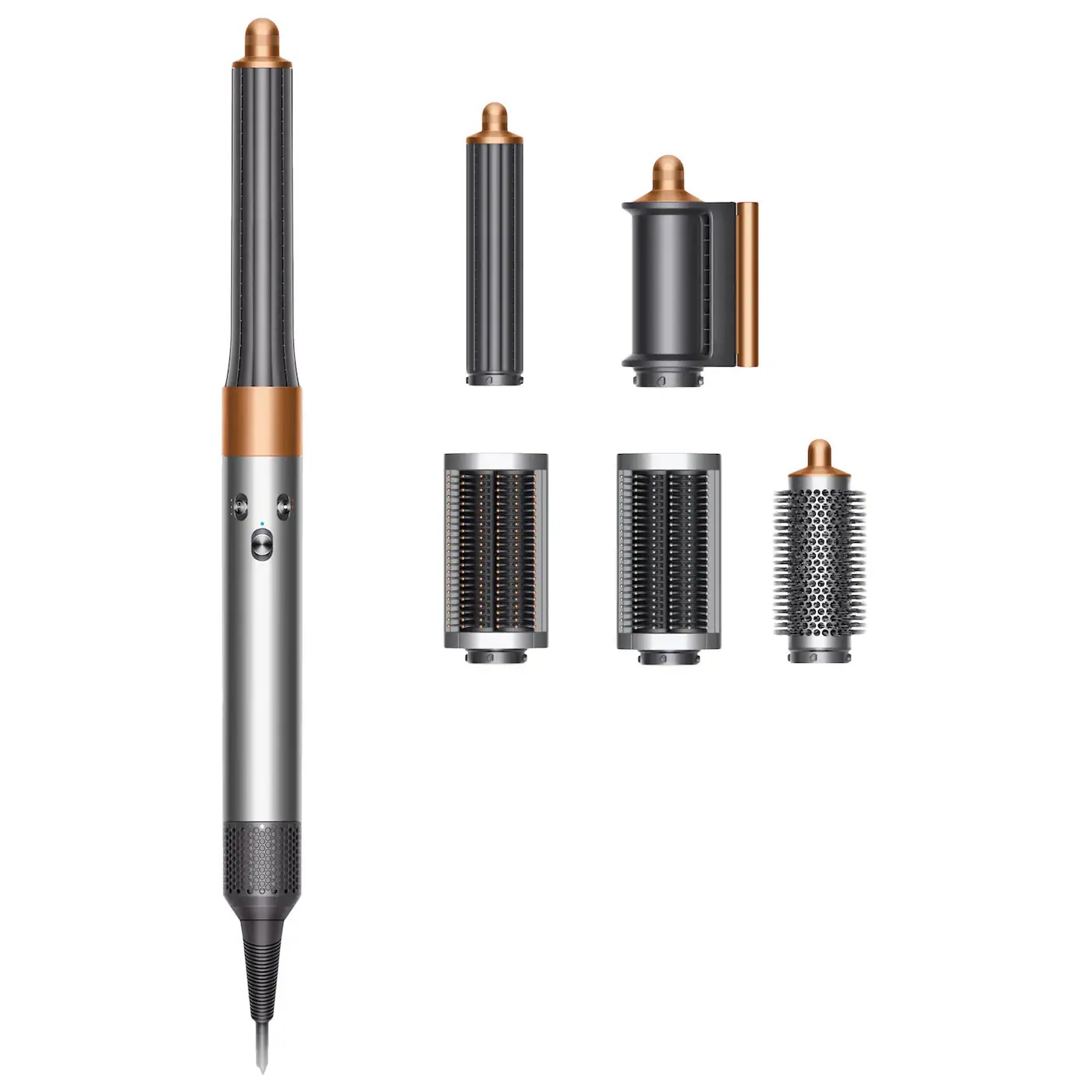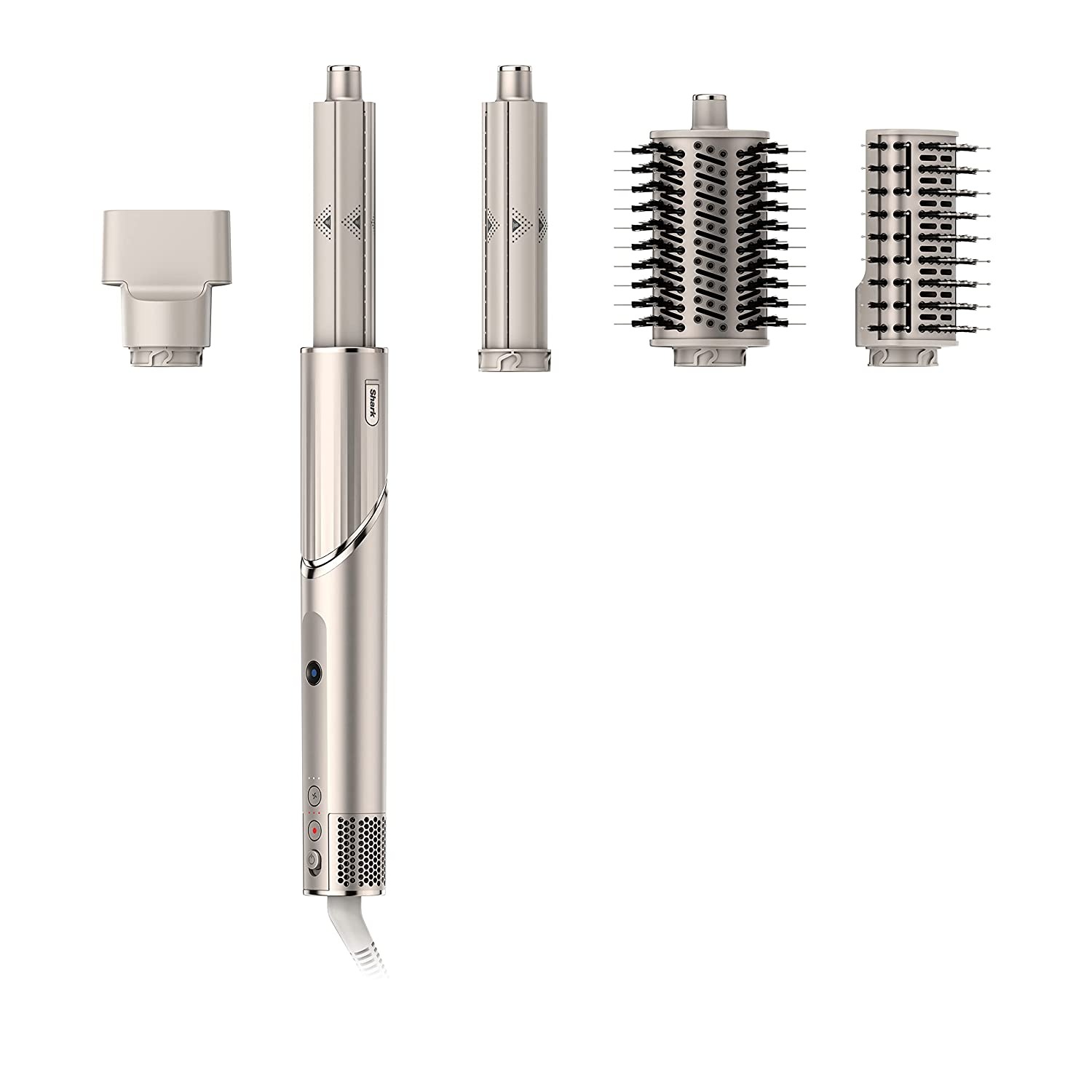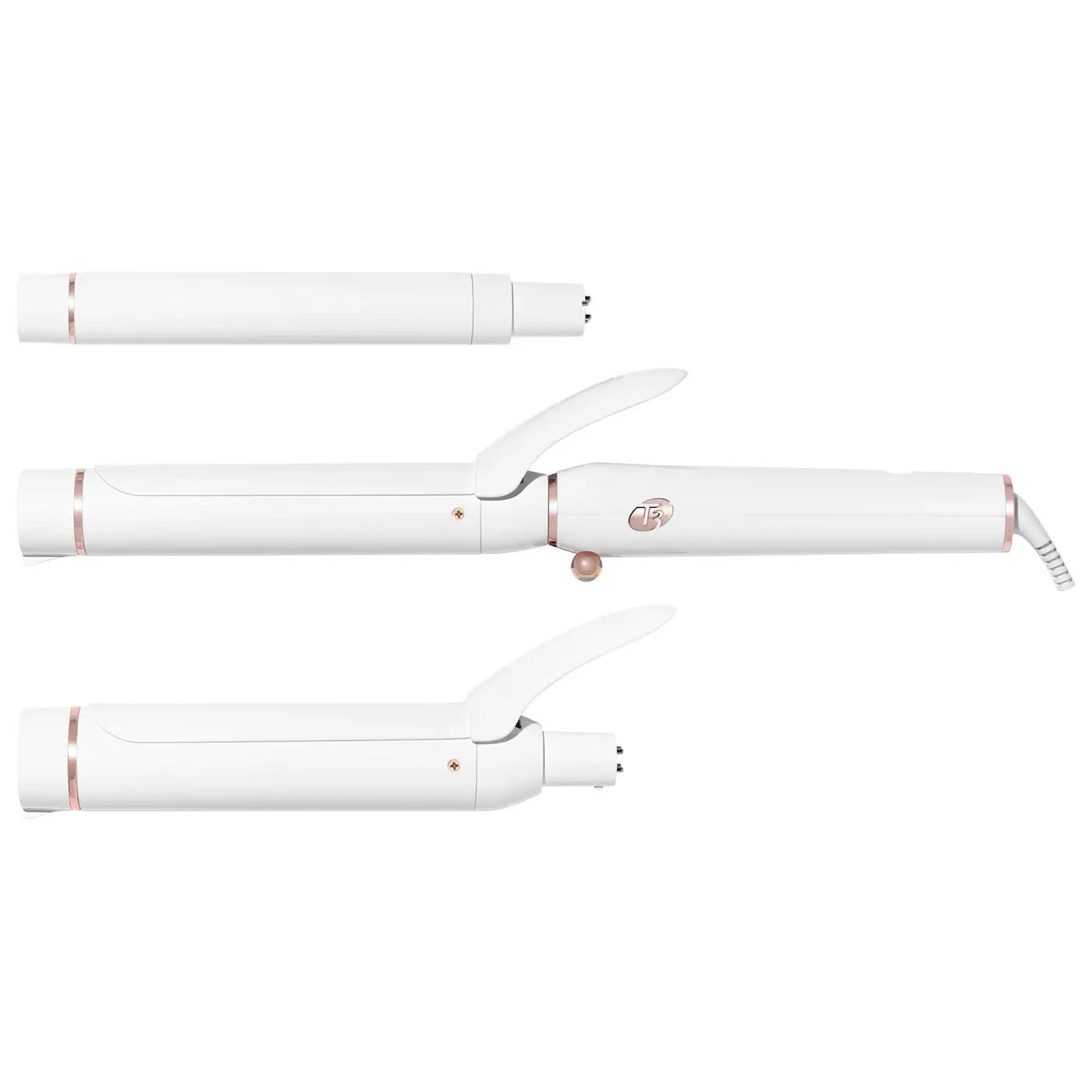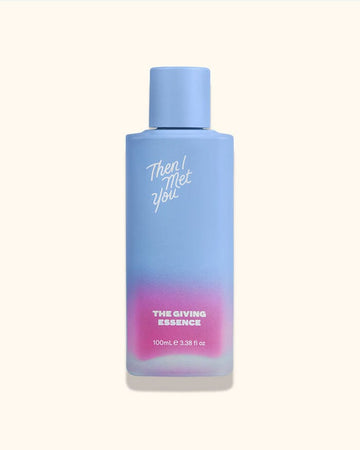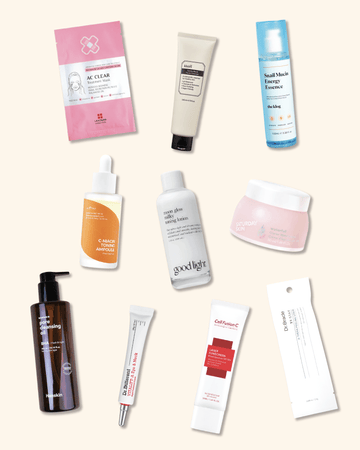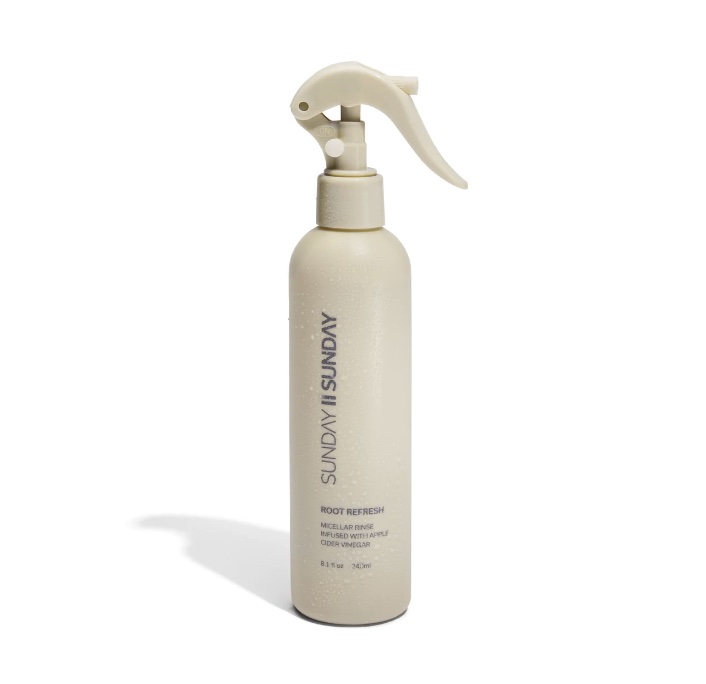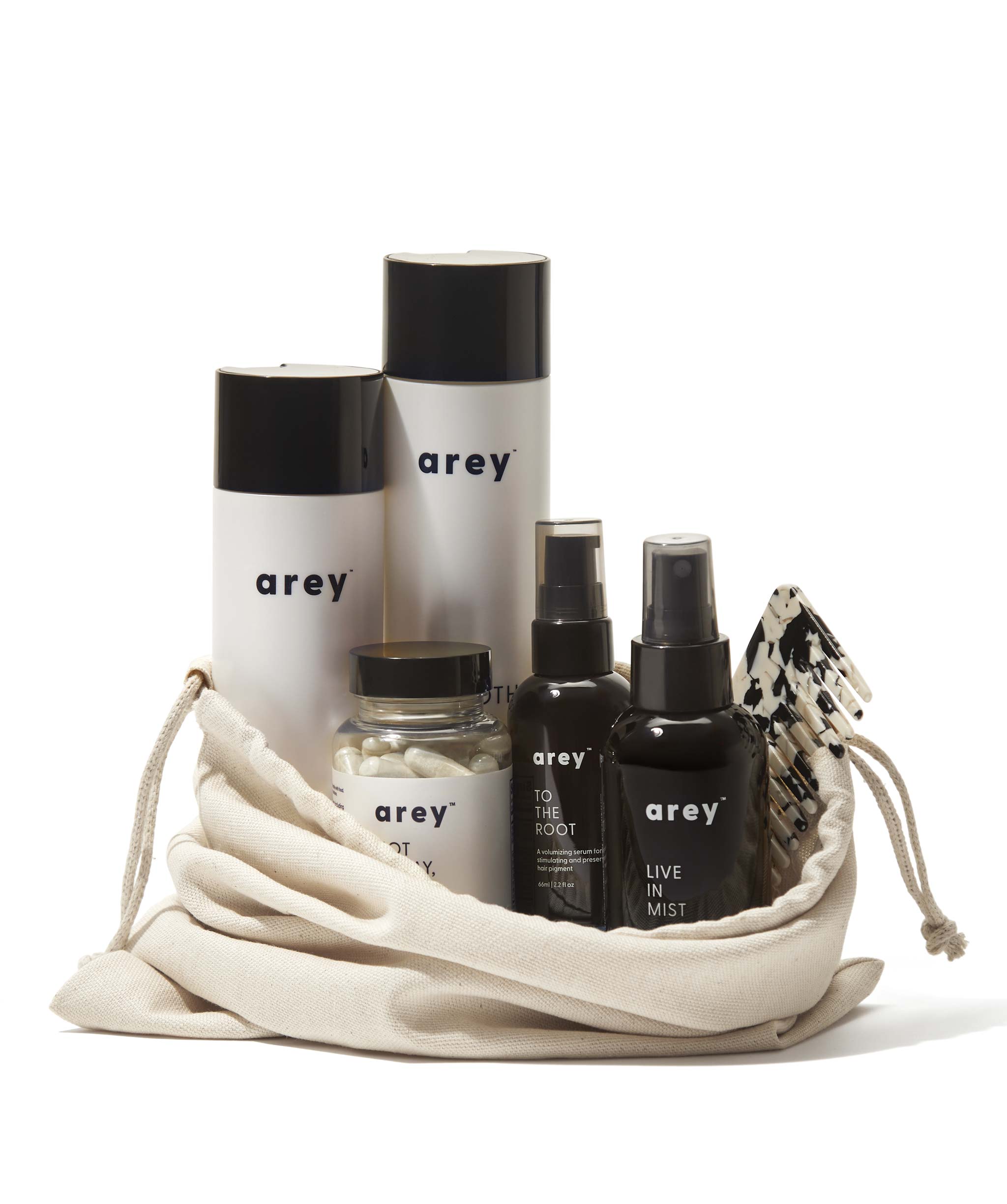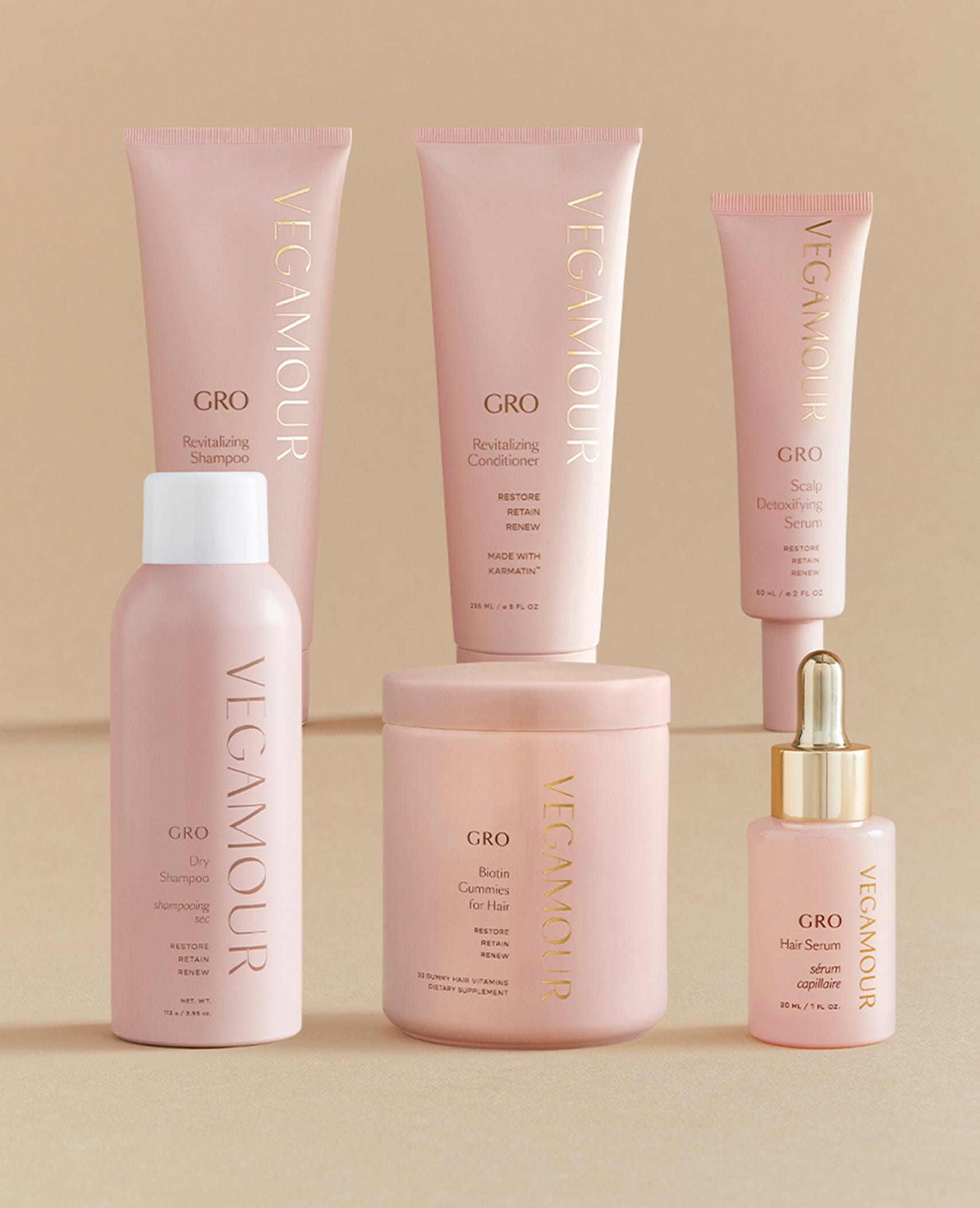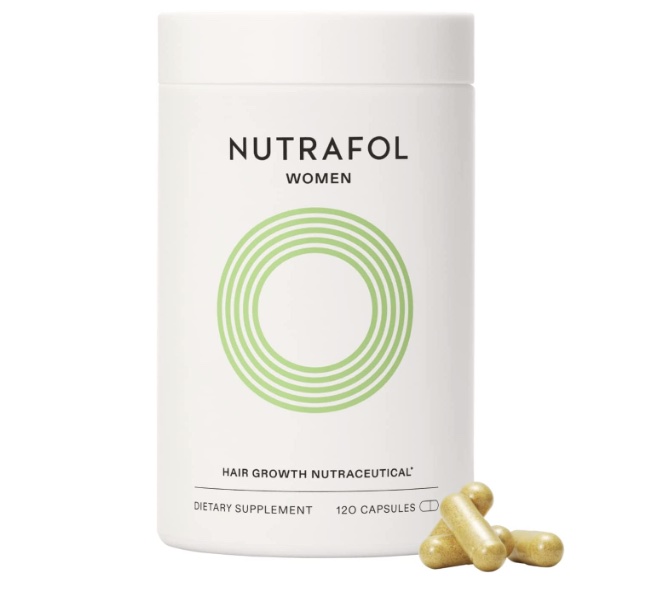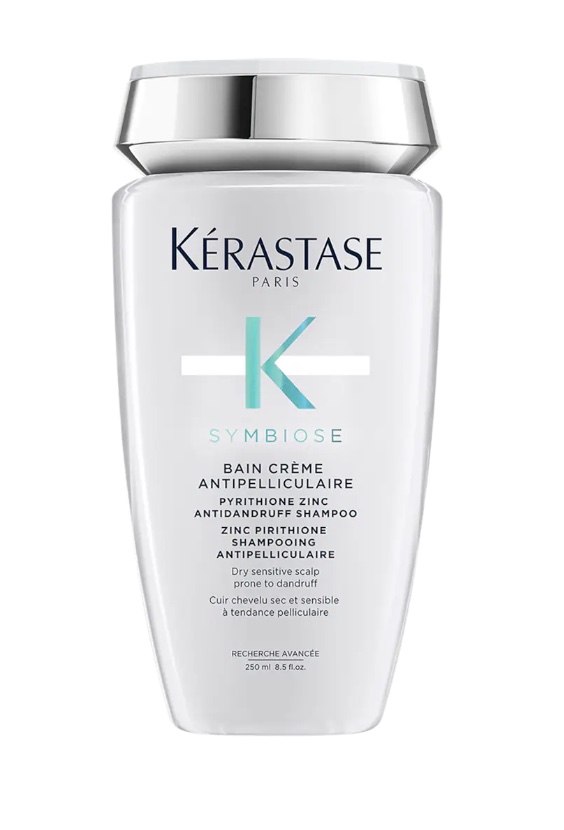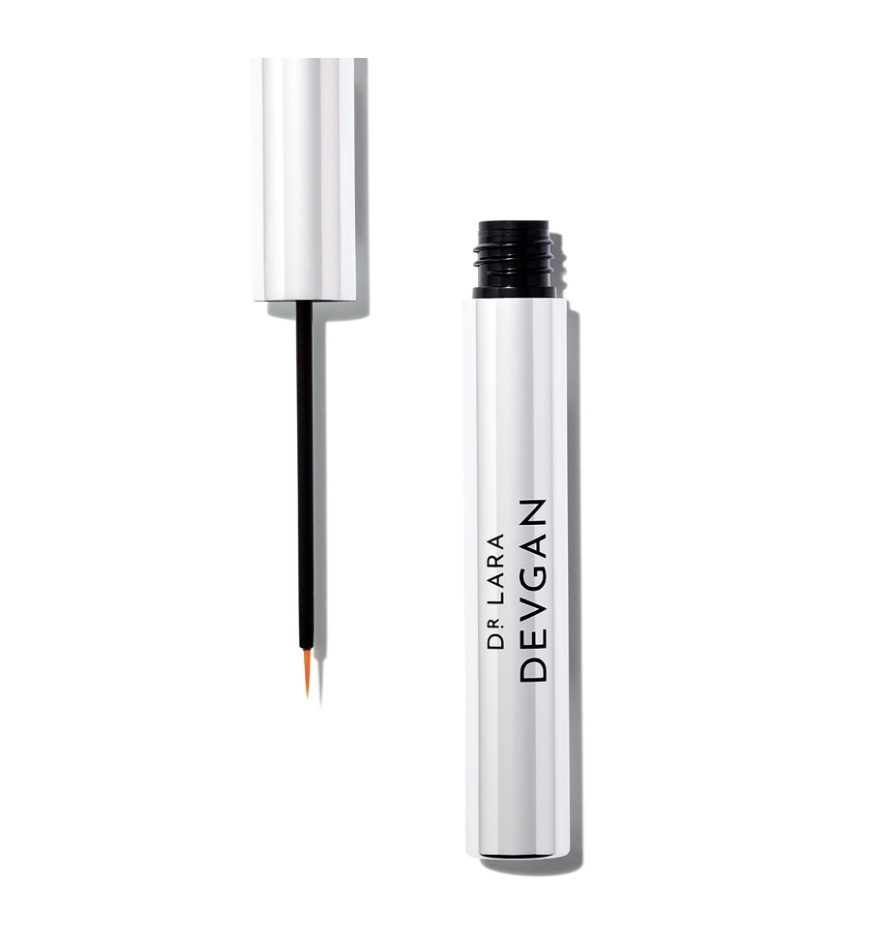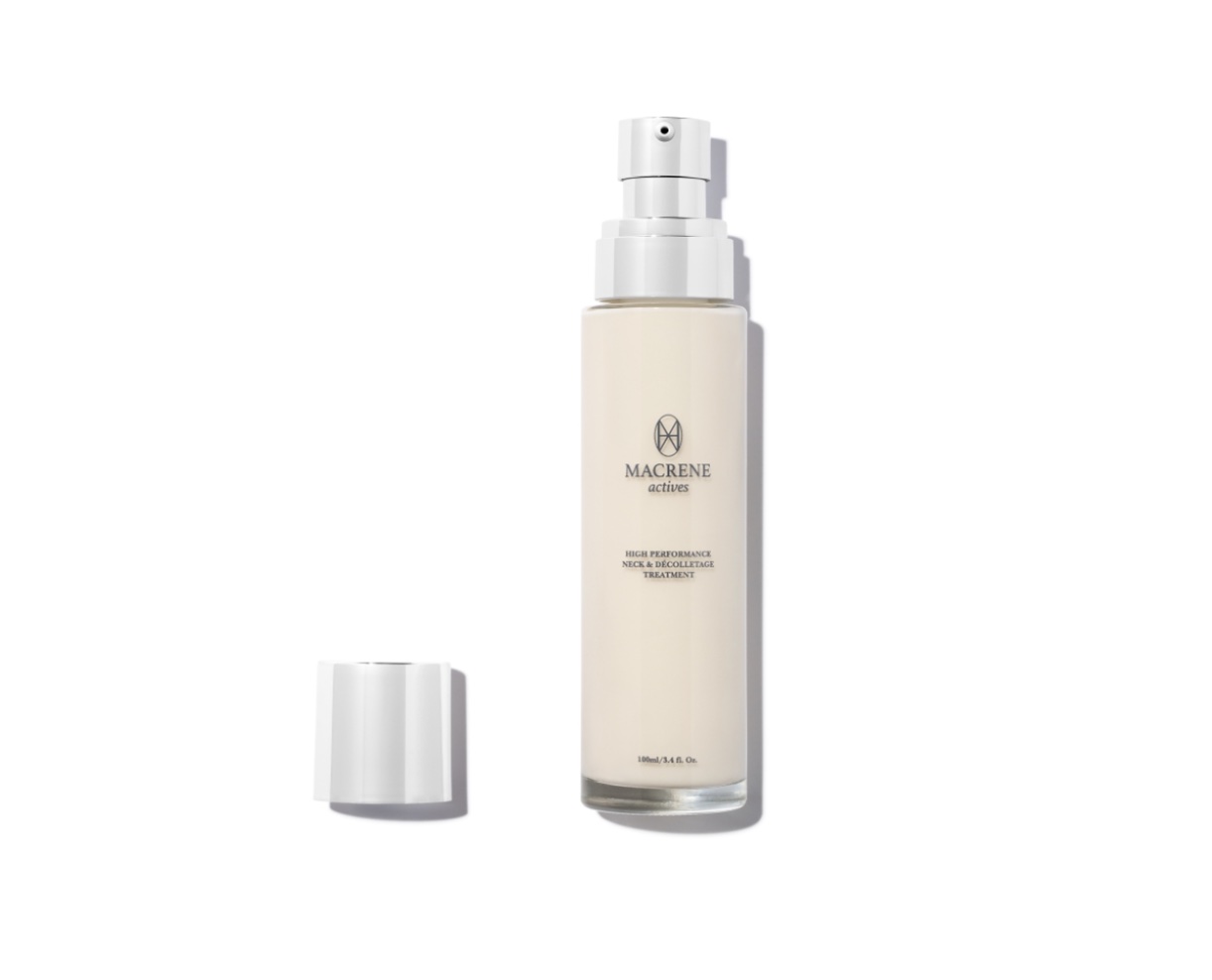Beauty Forecast: Here's What the Industry's Future Looks Like


On the surface, beauty might seem immutable. How much can you innovate when it comes to skin, makeup, hair, and nails, after all? In reality, however, beauty is more like an ever-changing machine, even if the core components stay the same. In recent years, we’ve watched beauty morph into something completely unrecognizable before our very eyes. Products and treatments have gotten more inclusive, higher-performing, smarter, and more sustainable.
Think about how the landscape has changed in the past decade alone: Foundation shade ranges radically improved after Rihanna launched Fenty Beauty’s foundation with 40 shades in 2017. The Crown Act, a bill designed to end discrimination against Black hair, passed in the House of Representatives in 2019 and has become law in 30 states (FYI, it still hasn’t passed in the Senate). Credo started enforcing strict sustainability standards for its brands in 2020. Heck, until 2022, lead acetate was still allowed as an ingredient in hair dye.
It’s clear that the beauty industry has been going through some major changes, and there are more on the horizon. In fact, the best is yet to come, as the beauty innovation space is in flux right now, with tons of new inventions in the works. From bringing hormones into the beauty conversation to brands bottling your favorite cosmetic treatments, the future of the industry looks bright. Keep reading for your download on every beauty innovation that we’ve dubbed rookies of the year. Watch these spaces—we’re anticipating tons of growth ahead.
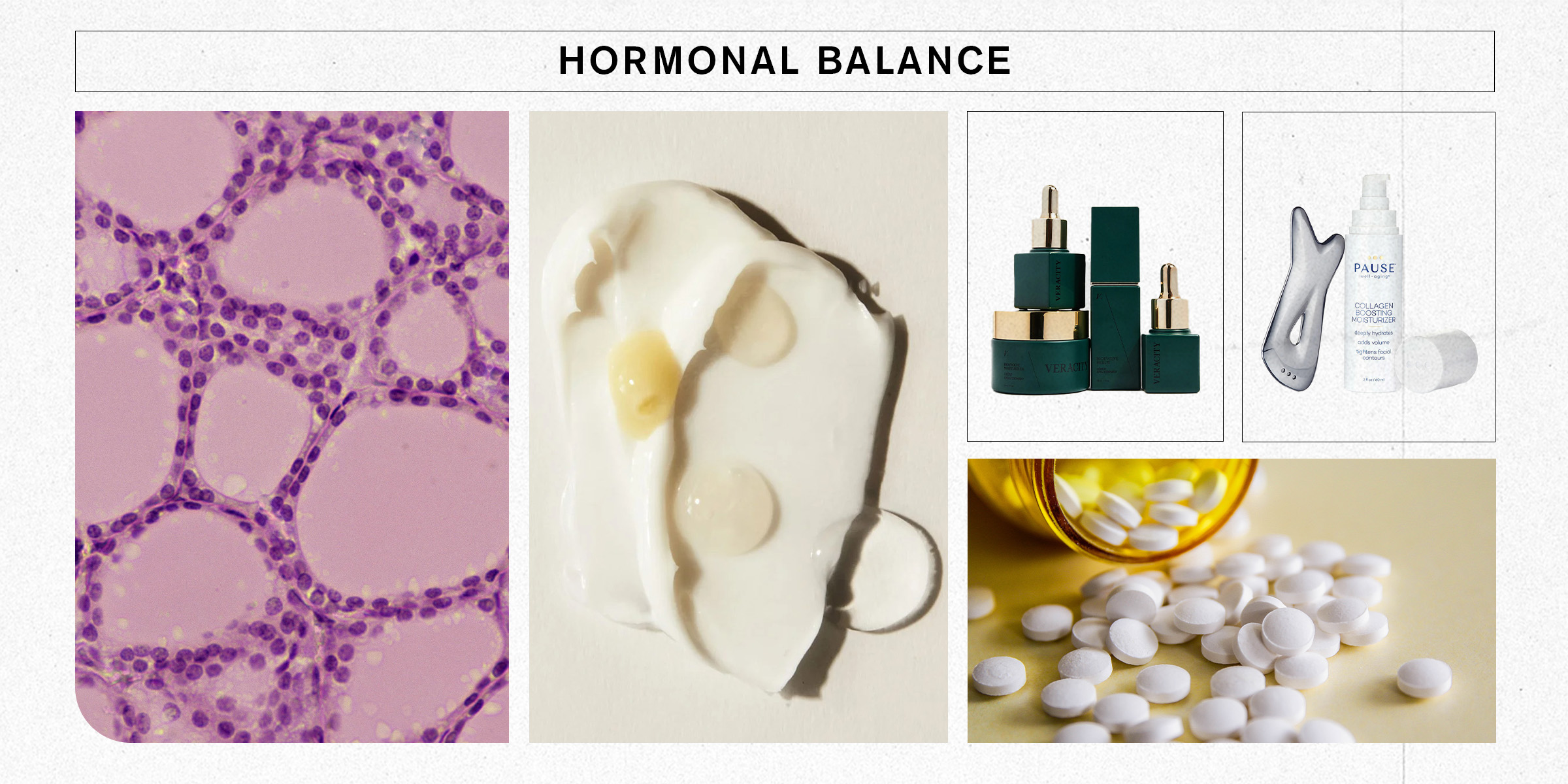
When we think about hormones, we often think about them exclusively as they relate to reproductive health. It makes sense, as they’re critical for things like fertility, sexual function, and even libido, according to Weill Cornell Medicine. But hormones actually serve a much larger function in our bodies, impacting everything from sleep to blood sugar levels. One vital organ that’s ruled by hormones? Skin.
For women, in particular, skin condition is often at the mercy of your hormones. There’s hormonal acne, which can happen at all ages, according to Mona A. Gohara, MD, associate clinical professor of dermatology at Yale School of Medicine and president-elect of the Women's Dermatologic Society.
There’s menopause and perimenopause, which cause estrogen levels to dip, wreaking havoc on your skin. "Androgen levels, such as testosterone, remain constant and stimulate sebum secretion, says Rochelle Weitzner, founder of Pause Well-Aging, the first brand to address the effects of menopause on skin health. "With estrogen no longer protecting the sebaceous glands and keeping them in check, androgens take over and throw the glands into overdrive, which results in the production of excess sebum leading to blocked pores, excess skin cell build up, inflammation, and ultimately infection or breakouts.”
And of course, there’s your monthly period, which, as many women know, can make your skin tailspin out of control.
For many years, skincare had a one-size-fits all approach, and whatever hormones did to your skin was just something to accept. Now, we have tools to fight back, and thinking about hormones and their relationship to skin health is becoming more and more mainstream. Pause Well-Aging has skincare specifically tailored to the needs of menopause-addled skin. The French skincare brand Payot has a custom rebalancing treatment made specifically for women to use during their period. Veracity is disrupting the market by making skincare and supplements based on each individual person’s hormones, which the brand analyzes in the form of a saliva test. In addition, many, many women (myself among them) are turning to prescriptions like spironolactone, a medication that blocks androgens to reduce cystic acne, according to Gohara. With more tools at our disposal and a more open dialogue about how our skin relates to our endocrine system, it finally feels like hormones are getting the attention they deserve in skincare.

Skincare and makeup have long existed in separate spheres. In fact, for a long time, makeup basically worked against skincare—it dried and broke you out while accentuating fine lines and wrinkles. Now, however, new skincare formulations have finally begun working in tandem with your skin.
"Makeup has started incorporating active skincare ingredients that support and or balance the functionality and performance of the makeup product,” says Danessa Myricks, makeup artist and founder of Danessa Myricks Beauty. "For example, powders are inherently mattifying, however, not all have the ability to absorb sebum overtime. So pairing a powder makeup with a sebum reducing or regulating active ingredient provides instant and over-time results.”
Infusing skincare into makeup is also revolutionary for people with more sensitive skin. "Oftentimes, those with more severe skin conditions, like flakiness or blemish-prone skin, may experience irritation with makeup products, so this burgeoning category is really a solve for the everyday makeup user,” says Tisha Thompson, makeup artist and founder of LYS Beauty.
Could makeup eventually render your skincare routine obsolete? The formulas might get smarter, but don’t worry, skincare will always be a vital part of your self-care routine. "Makeup should have skin-caring ingredients but should not be the main source of good skincare on your skin,” says Tayaba Jafri, the Global Beauty Director of Laura Mercier.
That doesn’t mean that there aren’t more innovations to come in the makeup-skincare hybrid space. Maybe someday, makeup will be able to deliver highly efficacious benefits to your skin all day long. "I'd love to see radically more powerful and potent skincare infused formulas to rival actual nighttime skincare levels,” says Sèbastien Tardif, celebrity makeup artist and founder of Veil Cosmetics. "Wouldn't that be phenomenal?”
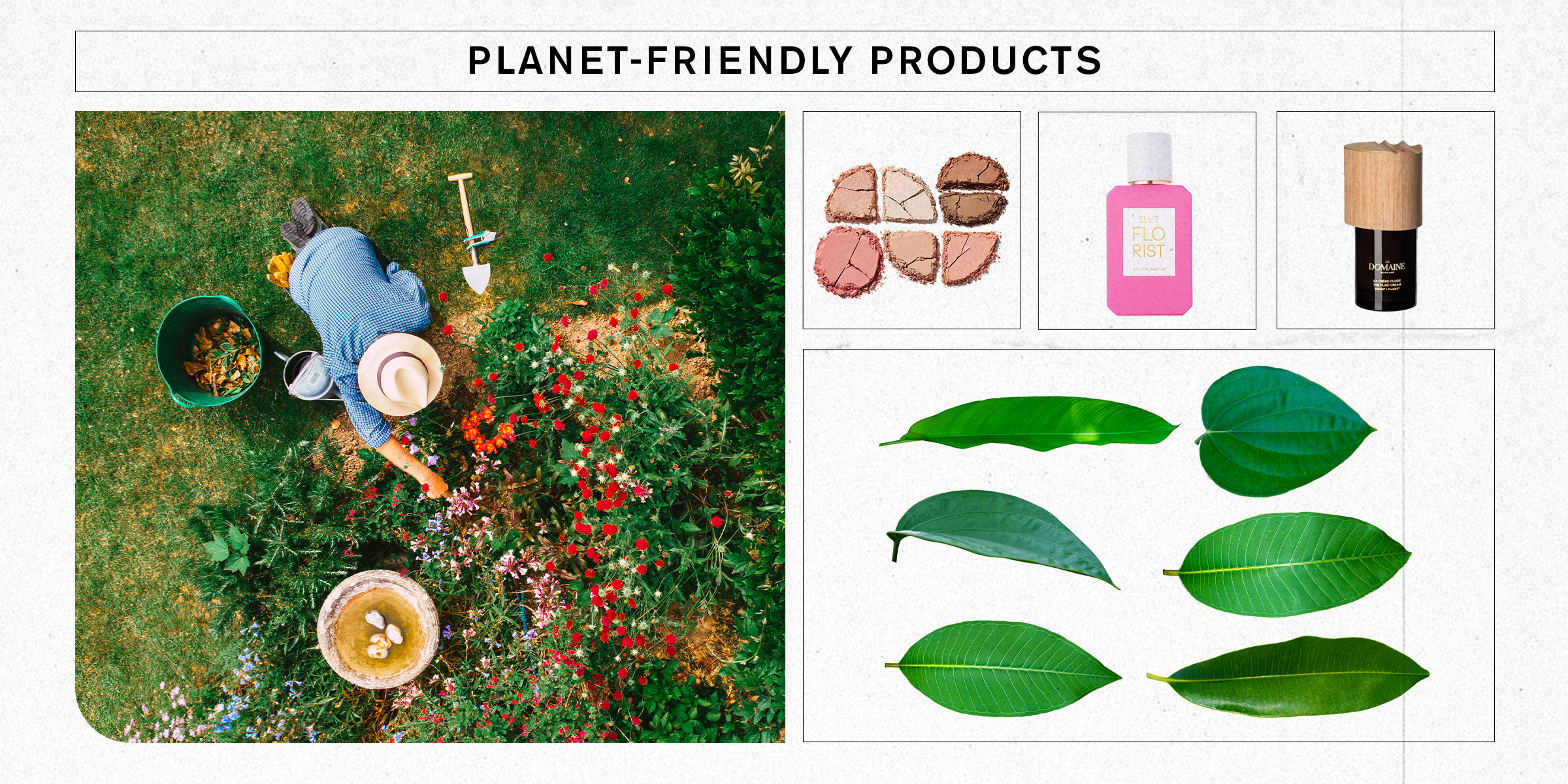
As we navigate a warming climate, it feels a bit passé to launch beauty brands or release new products without keeping sustainability top of mind. Still, many brands continue to be behind the times on the eco-friendly front. "It is estimated that over one hundred billion units of cosmetics packaging are produced globally every year, and the vast majority is small format, virgin plastic,” says Mia Davis, Credo VP of sustainability and impact. She explains that many brands slap a recyclable label on products that can’t actually be recycled, continue to use ingredients that have major environmental footprints, and ship products and raw materials all over the world.
Some brands are actually committed to making a positive impact, like Caliray, Ellis Brooklyn, Le Domaine, and Uni, to name a few. Caliray Founder Wende Zomir says that the brand opts for the most sustainable packaging possible (and is constantly open to shifting for new innovations). Uni makes every product with the oceans in mind, which they refer to as "blue beauty.” "Our marine algae is sustainably sourced, our formulations are safe for land and all waterways, our packaging was designed to eliminate single-use plastic, and is all completely reusable,” says Uni founder Alexandra Keating.
A major trend in the beauty sustainability space that’s gaining momentum? Upcycling. "We see coffee grinds turned into body scrubs, and parts of plants that were previously unused now turning into hero ingredients. Whenever something that already exists can be used, that is a win for the environment, and hopefully for local growers or manufacturers as well,” says Davis.
Ellis Brooklyn and Le Domaine are both utilizing upcycled ingredients in their products. Bee Shapiro, Ellis Brooklyn’s founder, shares that both Bee and Salt (two of the brand’s best-selling fragrances) are made using upcycled ingredients, and an upcoming fall launch will have eight different upcycled ingredients in it.
In Le Domaine’s case, upcycling came first and skincare was a happy coincidence. Fifteen years ago in France’s Rhône Valley, the Perrin family wanted to find a way to upcycle the grape pommace—a mixture of the skin and seeds that are leftover from grapes after they’re pressed for wine—from their wine estate. The family had a hunch the pommace was jam-packed with antioxidants. After enlisting the help of University of Bordeaux and Pierre-Louis Teissedre, PhD, to analyze 13 different grape varieties, Le Domaine was born. "Following more than a decade of research, Teissedre isolated specific compounds derived from the skins, seeds and stems of Grenache, Syrah and Mourvèdre grapes to create a now-patented antioxidant formulation which can reduce oxidative stress and improve replication at the cellular level,” says Christelle Clarac-Boutot, development manager for Le Domaine. "In other words: Slow the signs of skin aging. We did not set out to create a skincare line, but our reflections on upcycling made it happen.”

Back in the day (even just a few years ago), it was easy to spot an orange, streaky self-tan job a mile away. These days, however, it can be nearly impossible to tell whether a good self-tan is the product of a bottle or the sun.
"Skincare has come a long way, so it only seems natural for self- tanners to take on the same evolution,” notes Kristyn Pradas, renowned celebrity tanning artist and founder of her eponymous product line, Pradas Glow. "Today’s self-tanners feature advanced formulations that can create a more natural-looking, streak-free tan. These formulas often include ingredients that enhance color development and are easier to glide onto the skin (which will reduce the appearance of streaks or patches); more shade variety that more easily caters to different skin colors and undertones; odor inhibitors and improved scent technology; speedier dry times; easy-to-use application methods; clear or water-based formulations; and nourishing ingredients that help to hydrate, brighten, and even firm the skin.” As a whole, advancements in all of the above areas have made self-tanning products far more user-friendly, effective, and appealing to wider audiences.
"I personally think the days of a self-tanning product only doing one thing are in the past,” says Sivan Ayla, co-founder of +Lux Unfiltered. "More and more products are incorporating skincare benefits and ingredients that, traditionally, haven’t been in the DNA of most self-tanning products. If someone is going to invest in their skincare routine, which, in my opinion, includes self-tanning, it’s only fitting to choose products that use superior ingredients that will enhance the results and your experience.”
While everyone has their own preferences when it comes to self-tanning, Pradas predicts that we’ll see fewer lotions, as they can take longer to dry and develop compared to more efficient options like mousses, drops that effortlessly mix into a moisturizer, or fast-drying tanning waters. You can also expect to see more and more skincare-grade ingredients (like hyaluronic acid, peptides, aloe vera, etc.) in addition to a greater emphasis on color-correction.
"In 2018, we launched Isle of Paradise as the world's first color-correcting self-tanning brand,” shares Jules Von Hep, Co-Founder of Isle of Paradise, Sephora’s number-one self-tanning brand. "This was a true innovation within the self-tanning category, as no other brands had previously played in the space. Fusing the color-correcting theory into tanning formulas was groundbreaking. Similar to color-correcting CC creams, Isle of Paradise's color-correcting self-tanners help reduce redness, brighten, and minimize the appearance of hyperpigmentation creating an even tone.” Color-correction, paired with greater customizability, really allows customers to choose and cater their experience in a way that’s new and completely unique world of self-tanning. More so than ever, we have the ability as consumers to choose a formula that will complement our individual skin needs, undertones, patience, skill level (when it comes to application), and our end result.
"Looking natural is the biggest trend in beauty right now,” says Pradas. "Working with your skin’s undertone and making sure your tan looks natural—whether it is on the lighter side or the darker side—is key to achieving the perfect self-tan. Often, people assume self-tanners are only for people with fair skin, and while they can certainly help those with fair skin achieve a sun-kissed glow, the right self-tanner can also enhance and even out the skin tone for those with darker skin tones as well. We’ll continue to see a greater emphasis in a range of shades and formulas to suit various skin tones and preferences.”
Self-tanning formulas that are more suitable for adding a natural glow to the face are also seeing a rise in popularity, with more and more consumers swapping in a glowing complexion for their base products like foundation, bronzers, and contours. "This is a simple step that has really turned into a massive trend as consumers are seeking healthier, more natural everyday facial glow without the heavy makeup,” agrees Von Hep.
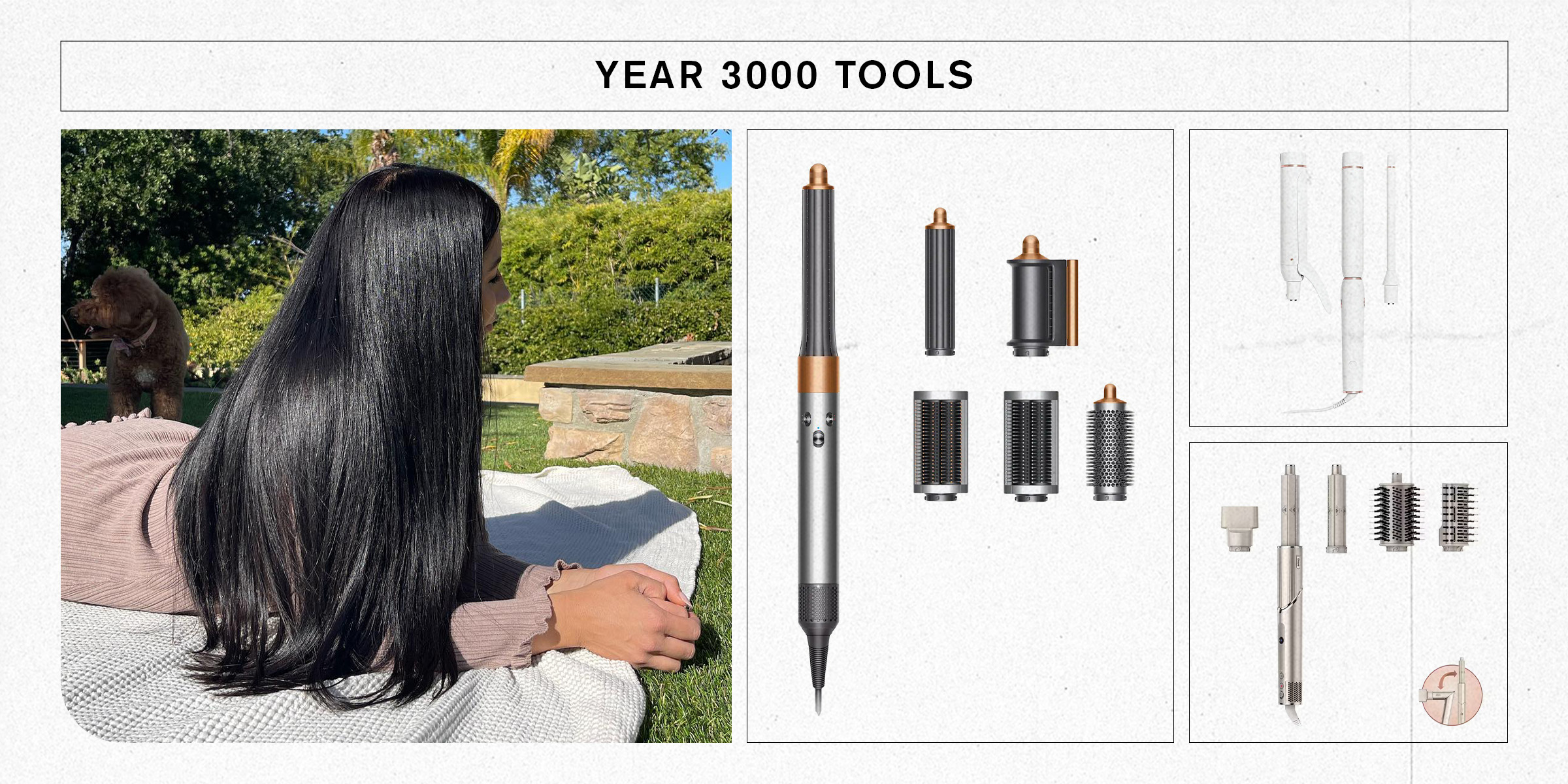
It wasn’t that long ago that hair tools were essentially a one-way ticket to hair damage. Not only that, but many of them were also hard to use—they were heavy, clunky, took forever to warm up, and only had one or two settings. Now, hair tools are becoming so advanced that they’re hardly even recognizable from their old-school counterparts.
"There are more options in size, performance, ability, and heat control than ever before,” says Sarah Lund, a hairstylist for Kevin Murphy. "This gives people the ability to find a tool that best suits their hair type, texture, and overall styling needs.” They’re also safer to use, thanks to lower temperature settings and options for automatic shutoff. Plus, many of them heat up within seconds, revolutionizing the game for many hairstylists (and saving energy at the same time!).
One major hair tool innovation in recent years? Multiuse tools like the Dyson Airwrap. "These tools have multifunctions such as drying, smoothing, and curling, all in one,” says April Story, hairstylist with Frederic Fekkai Salon and beauty expert.
It might seem like hair tools have hit their peak, but there’s plenty of room for more innovation. Marilena de Graaf, product manager Balmain Hair Tools, envisions hair tools moving into the sustainable space in coming years. "This might include tools made from recycled or biodegradable materials, or tools that are manufactured using more eco-friendly processes,” she says.
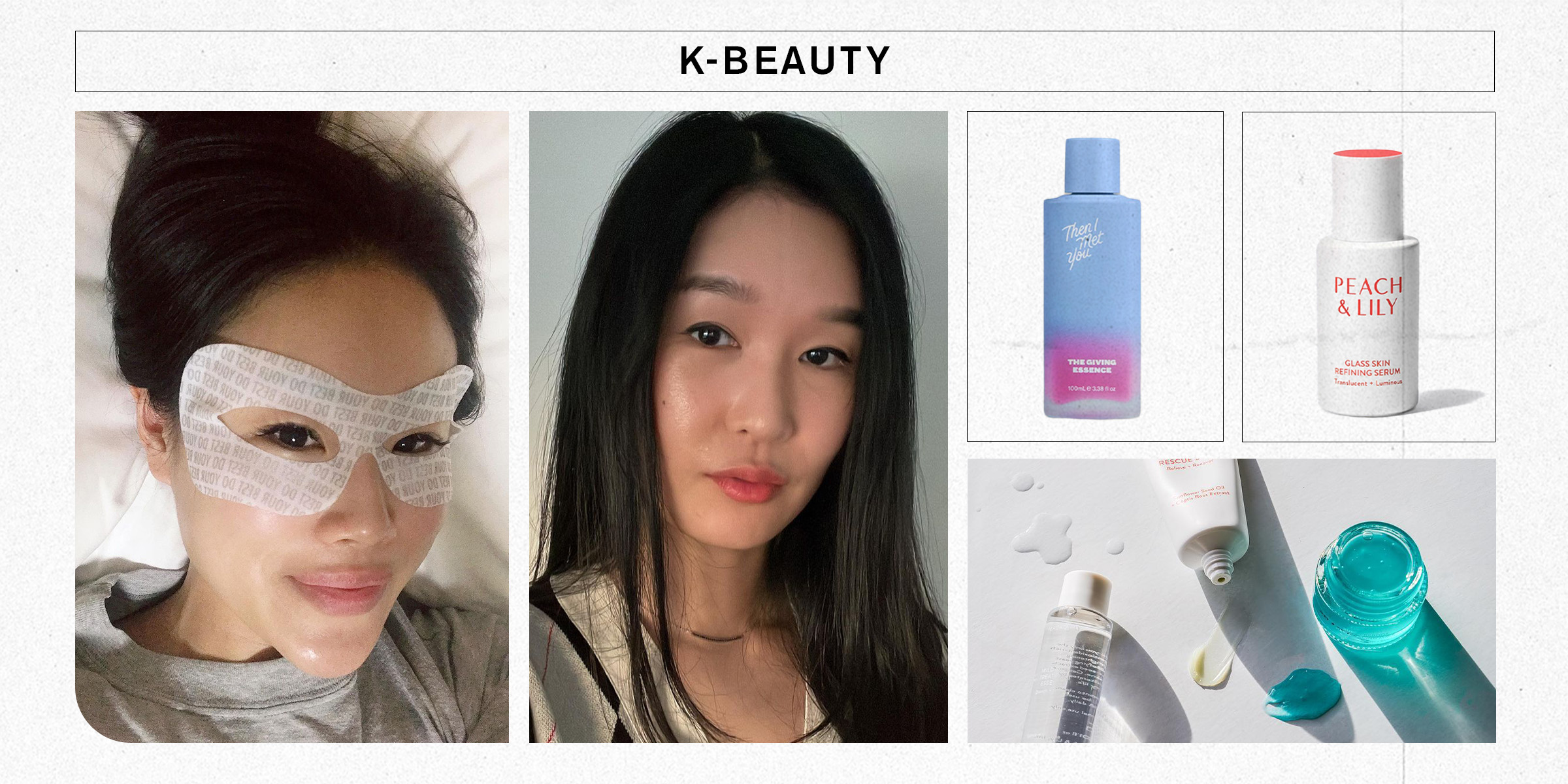
What do *current* mainstream beauty products like BB creams, CC creams, cushion compacts, essences, pimple patches, and sheet masks (phew!!) have in common? They’re all innovations naturally born out of Korea’s skin-first beauty philosophy—aka getting to the root of skin conditions instead of just covering the complexion up with makeup.
"This is the driving force behind K-beauty’s meteoric rise,” says Charlotte Cho, esthetician and curator behind the epic K-Beauty retailer Soko Glam. Not only has K-beauty become widely accepted and mainstream, but it has also served as a deep influence for how Western brands choose to launch, market, and manufacture their products—incorporating many of the same innovative and K-beauty-centric ingredients in addition to prescribing longer-winded skincare routines modeled after Korea’s famous 10-step skincare ritual.
But, while other western and indie beauty brands may be fashioning their products off of a Korean beauty legacy that has quite literally spanned thousands of years, the innovations within the K-beauty space are ever-evolving. "Korea is a leading mecca for skincare innovation, so there are exceptional advancements found in Korean skincare formulas whether that be breakthrough ingredients, formulas, new product categories, more sustainable packaging or delightful textures,” adds Alicia Yoon, esthetician and founder of Peach & Lily. "Over the last ten years, Korean skincare has made huge advancements in formulating vegan and clean beauty products that are safe for the skin and our earth—formulas that don't require tradeoffs in efficacy or texture. There have also been incredible new ingredients that have been created through very sophisticated fermentation technologies that allow for a whole new world of ingredients and even more sustainable manufacturing.”
Yoon emphasizes that sustainability across all levels—ingredient sourcing, manufacturing, supply chains, and packaging—have made huge strides in innovation in recent years—an accomplishment made all the more important as Korea is one of the largest exporters of skincare globally. "These breakthroughs will elevate the whole industry all over the world when it comes to more sustainable practices without tradeoffs in product stability, preservation or performance,” Yoon explains. Serving as a major influence and precipitator towards innovation across all brands and cultures, K-beauty, as Cho tells me, really has become known for pushing the envelope. "From their unique textures, and advanced and effective ingredient formulations, to their packaging, formats, and affordable price points, K-beauty leaves no stone unturned.”
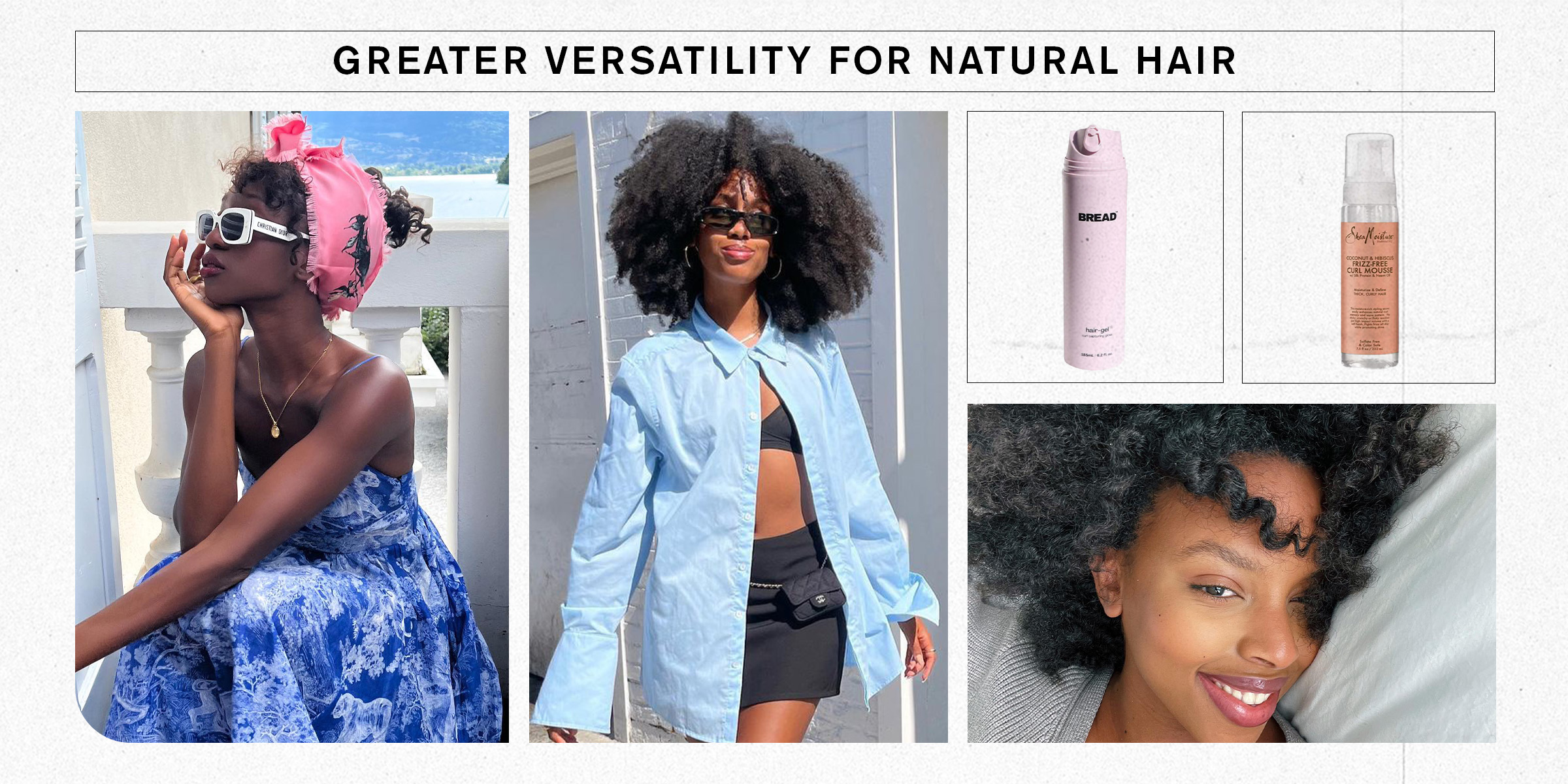
Up until recently, products geared toward natural hair felt comparatively nonexistent—especially if you were to haunt the aisles of some of our country’s biggest and most influential beauty retailers. Thankfully, there’s been significant growth and innovation in recent years, paralleling a push towards the normalization of natural hair in mainstream spaces like work, school, and the entertainment industry. It’s a push, explains Taydra Mitchell Jackson, Head of Marketing at Sundial Brands, Unilever that has also empowered more people to embrace their textured hair in all settings, further driving innovation in terms of styling and product development.
"One of the most amazing things about textured hair is its versatility, and there are some really innovative formulas, and even just conversations and education, surrounding how to take the utmost care of natural hair,” notes Maeva Heim, the founder of Bread Beauty Supply.
Greater education and knowledge about natural hair has also been pivotal for innovation. "Over the past years, natural hair care has grown to become more knowledge informed with people who have textured hair learning more and disputing dated traditions to create regimens that lead to optimal health for their curls and coils,” Jackson explains. "When we think of innovation, we see the development of hair care systems designed to cater to the needs of textured hair through its entire journey—from wash day to protective styles—with brands becoming ever more versatile providing a multitude of options for people to choose from.”
In particular, products geared toward the scalp, safe styling (think styling gels and edge gels), and categories like mousse, have seen lots of transformation and innovation in the natural haircare space. No-compromise ingredients have also become a top priority. "We're starting to see modernizations of products that have always been around but haven't always contained the most hair-friendly ingredients,” says Heim. For instance, Bread just launched a hair gel, which is pretty much the antithesis of the outdated formulas that can lead to a dry, stringy hair texture. It’s water-based, so in addition to lending great hold, it’s also hydrating, boosted with antioxidants, and delivers a glossy seal of protection that helps improve the integrity of the hair over time.
As beauty consumers have collectively gravitated towards healthier and more sustainable product formulations and ingredients, Jackson says that what’s left out of a product is just as important as what’s added in. "At SheaMoisture, we’re very intentional with our no’s: no parabens, no sulfates, no mineral oil, no petrolatum,” Jackson explains, "Though there is no one-size-fits-all for ingredients that are gold standard, SheaMoisture looks to create collections that those with natural hair can confidently choose from for their specific needs and concerns.” For instance at SheaMoisture, Fair Trade Shea Butter (sourced from generations of Black women in Africa) serves as the foundation of every single product. As Jackson puts it, the culture is literally in the bottle.
As far as emerging trends and what the natural hair space needs to see more of, Jackson says there’s a need for more manageable, versatile, and easy regimens that won't take up hours of an entire day. "Whereas the eight-hour wash day was a big thing at the height of the natural hair movement, textured hair wearers are now looking for simpler routines that allow them to spend time doing the things they love,” says Jackson. "For this reason, braids are really big right now—Black women want the freedom to wear their hair how they want without the pressure from society to conform. We set and define our own standards of beauty, but we are really starting to see more personalization in style choices.” Whether that be a wash-and-go, locs, weaves, relaxer, or braids, beauty consumers with textured hair need brands to show up for them—no matter where they are in their hair journey.
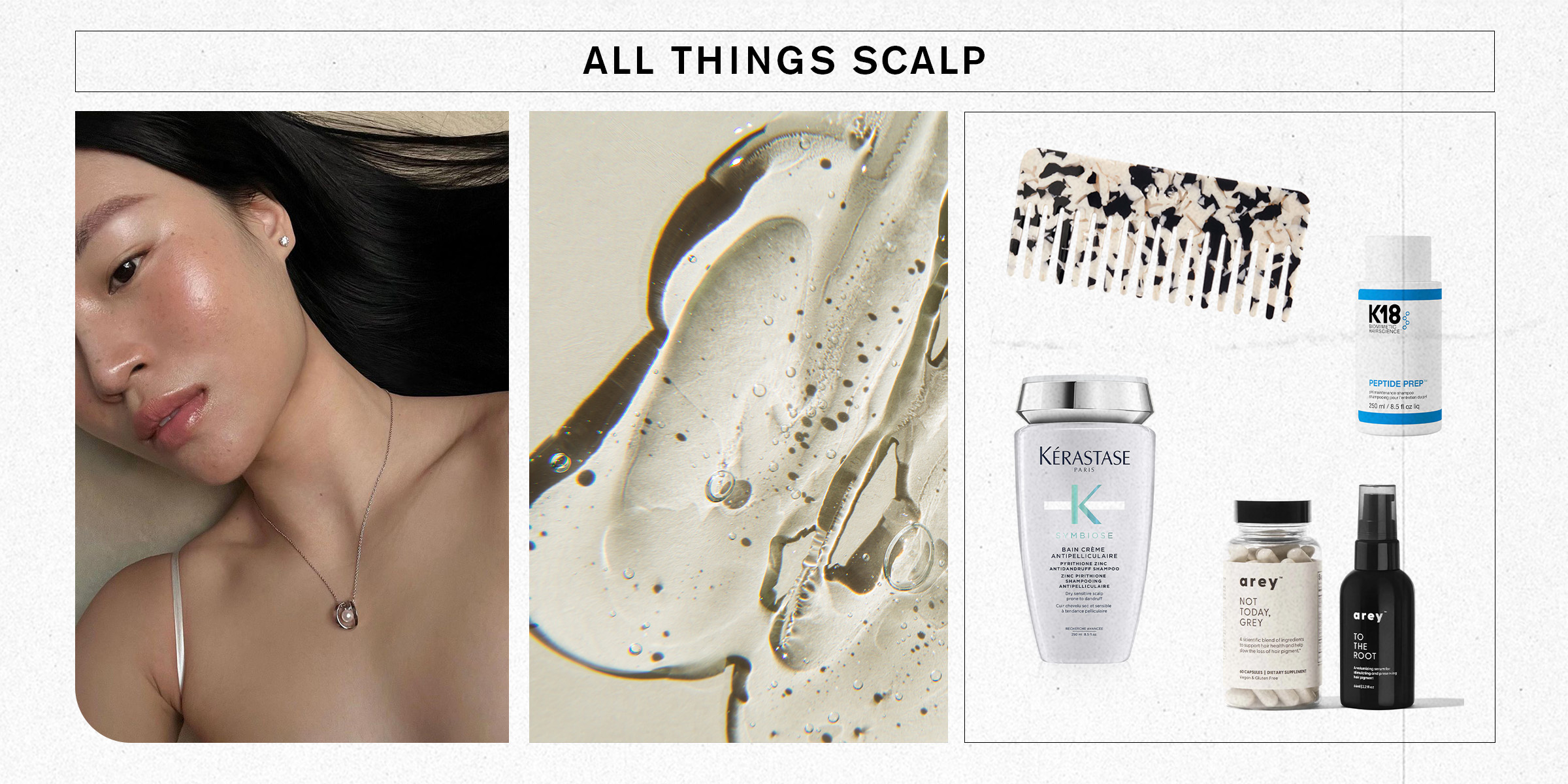
ICYMI, everything and anything scalp-related has been dominating the beauty market as of late with the industry shifting to a proactive (versus reactive) approach to scalp care and hair health. "For much of my career as a hairstylist, there have only been reactive, temporary solutions to common hair issues,” says hairstylist and co-founder of Arey, Jay Small. For instance, if someone was battling dryness, a hydrating mask would be prescribed or if someone was dealing with gray hair they wanted to cover up, they’d be tossed a hair dye. "In recent years, however, we’ve seen a shift toward proactive solutions for hair growth that are similar to what we have witnessed in skincare over the last decade—and the most significant is the realization that healthy hair starts with a healthy scalp.”
"One of the biggest innovations in the category is the shift to treating issues with scalp and hair health holistically with formulas meant to address both the symptoms and the causes of concerns like hair loss, hair damage, and graying strands,” says Dan Hodgdon, CEO and founder of Vegamour. Essentially, we’re finally treating our scalps with the same kind of TLC and preventative priority as we have our complexions via skincare for years.
A growing market for topical products applied to the scalp is emerging, but so too is the need for truly effective supplements that get to the root of common issues like thinning, hair loss, graying, dandruff, and more. "In 2016 when Nutrafol was founded, it was a new concept to explain that there are multiple, underlying root causes that affect hair health for men and women differently,” Sam Archer, VP of product marketing and innovation at Nutrafol explains. "Customization has been growing in this category tremendously and the more we understand the bio-specific needs of different people the better we can bring targeted solutions and improve efficacy.” Now, many other brands have followed Nutrafol’s lead, and Nutrafol has launched even more products to target the varied root causes of hair loss.
Not surprisingly, the most notable and buzzed about innovations and products on the hair scene right now are born from the brands that realize how intertwined scalp and strands are for creating better, healthier hair overall. K18, for instance, is known for its K18Peptide, a nature-inspired, biotech-driven peptide that seamlessly fits in and reconnects broken polypeptide chains at the molecular level. Now, the brand has expanded into the shampoo category (the formulas are pH-balanced) with the knowledge that the scalp is at the epicenter when it comes to the integrity of the hair. "Hair and scalp are an interwoven ecosystem, so you can’t enjoy scalp health without hair health and vice versa,” K18’s Co-Founder and CEO Suveen Sahib confirms. "The more product we have in our hair, the more likely we are to have an aggravated scalp and clogged pores. Excessive product usage with different pH ranges and chemicals interacting with all the environmental nano particles get trapped in your hair and scalp and wreak havoc.” The same holds true for excessive heat styling and blow-drying, and too-frequent washing. The popularity of bleaching and hair dye is another area of concern.
Moving forward, products that proactively address scalp stress and damage while also offering gentle yet highly effective multitasking properties, will be the name of the game. The more efficient one product is, the less products a consumer will need overall, which leads to less bottles, and better sustainability practices. "As an industry, we need to radically simplify,” Sahib concludes. "It’s how to keep hair healthy and strong without adding unnecessary steps. A healthier scalp and healthier hair is less needy for product, which is better for the planet.”
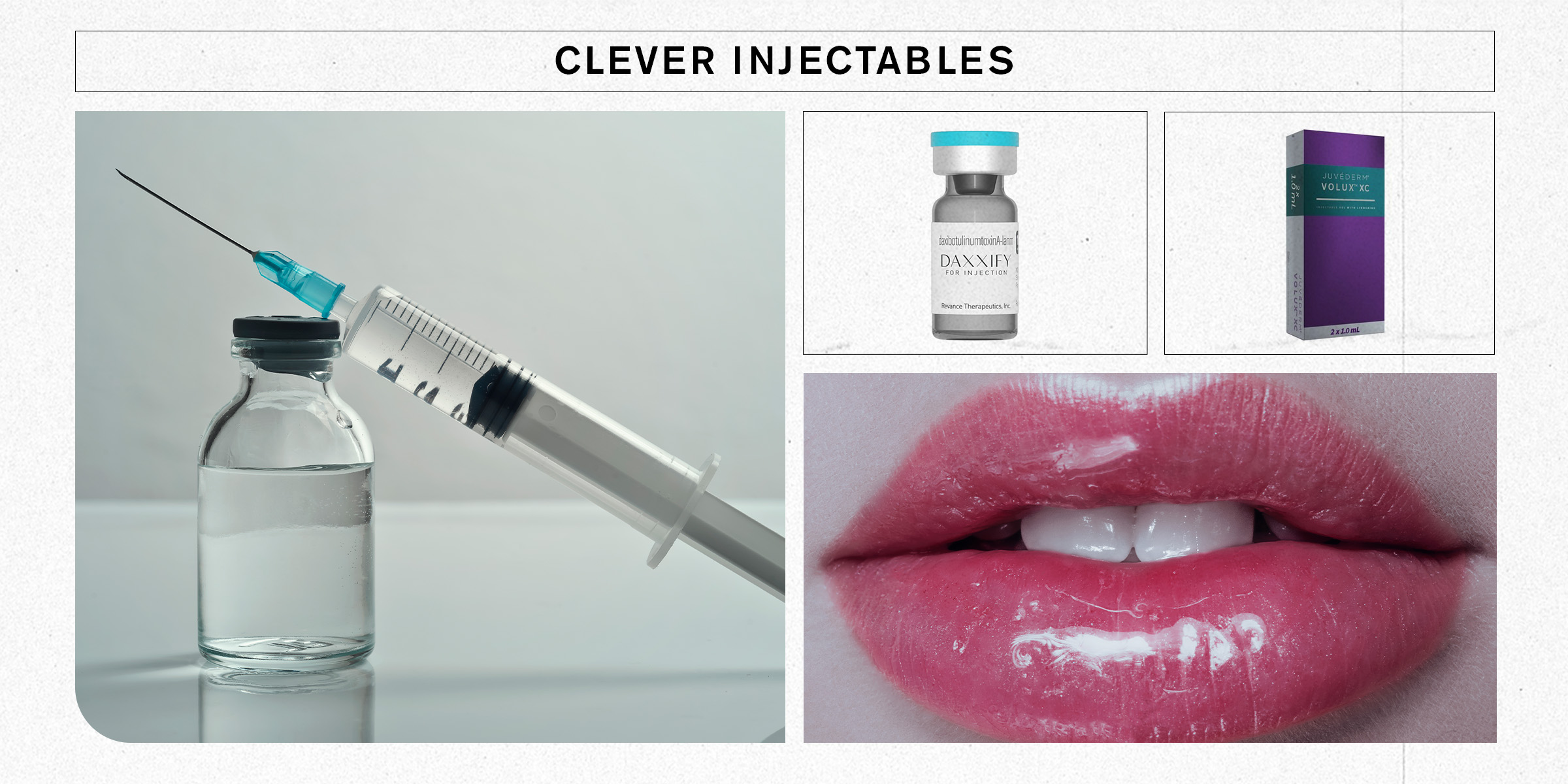
It’s not your imagination—injectables are suddenly everywhere. Whether you want to freeze your features in time, plump up your lips, or even add volume to certain areas of your face, there’s an injectable for that. And now, injectables are getting smarter than ever.
"Over the past several years, the landscape for fillers has evolved rapidly,” says David Shafer, double board-certified plastic surgeon and medical director of Shafer Clinic in NYC. "While there used to just be one or two fillers in a category, now, there are several with specific FDA indications.” Recently, Allergan Aesthetics launched a hyaluronic acid filler specifically for the jawline callled Juvéderm Volux XC. It’s the strongest filler on the market so far for providing structural support to the face. Shafer says that biostimulatory fillers, or fillers that stimulate collagen production, are also changing the filler market.
In the world of neurotoxins, Botox is no longer the only item on the menu. The tox du jour is Daxxify, the newest FDA-approved neurotoxin. Like Botox, Daxxify blocks muscle contractions to smooth fine lines and wrinkles. "While effective, the drawback to the original neurotoxins was a relatively short duration of effectiveness,” says Josh Zeichner, associate professor of dermatology and director of cosmetic and clinical research in dermatology at Mount Sinai Hospital. "In most people, treatments last only about three months. [Daxxify has] effectiveness [for] up to six months.”
Daxxify’s endurance is thanks to a peptide that coats the toxin. "The team has coated botulinum toxin with peptides which allow the toxin to attach to its target cell better and to be incorporated into the neuron faster,” says Melissa A. Doft, MD. "The clinical result is an earlier onset and longer duration.”
As more and more people opt for injectables, the market won’t be slowing down anytime soon. The Allergan Aesthetics Future of Aesthetics Global Trends Report found that thanks to more open dialogue surrounding injectables, they’re becoming less taboo, and more people are open to learning and trying injectable treatments. As more people let go of injectable stigma, the question isn’t if these needles (or canulas) will keep getting smarter, but how.

There’s an interesting arm wrestle happening in the beauty industry right now. On the one hand, there’s a growing popularity and awareness surrounding various injectables and other youth-enhancing cosmetic treatments (see above), and on the other, a sky-rocketing launch pad of products that promise similar "age-defying” results. But can devices that vibrate across our faces or topical elixirs we press into our complexions or along our lash line truly deliver in-office caliber results?
"In-office procedures such as lasers, peels, and microneedling will always have the advantage in terms of efficiency, speed, efficacy, and sheer power, but at-home treatments can definitely get you a bit of the way there—slowly but surely,” says Lara Devgan, MD, MPH, FACS, and founder of Dr. Lara Devgan Skincare. "I think of them as complementary pathways, rather than one replacing the other.”
"One of the things that’s really interesting about fillers and injectables is that they’re put underneath the skin,” note Co-Founders of Ourself Lauren Otsuki and Vimla Black-Gupta. "They balloon up in the areas where maybe you’re losing fat pads or they’re going down lower in the muscle, but the one thing they don’t do is work on the actual skin, which is the thing that everyone sees.” While high-quality products that help hydrate, plump, and firm might not necessarily replace more invasive procedures, they’ll go a long way in the overall appearance and resiliency of our skin—especially as we get older and experience natural signs of aging like loss of elasticity, fine lines and wrinkles, and hyperpigmentation.
"At-home treatments can bring a little bit of the magic of in-office procedures to the comfort of your bathroom mirror and vanity,” says Devgan. "Not only does this revolutionize the comfort of the experience, but it also democratizes beauty in a novel way.” Remember, in-office treatments don’t just require downtime to recover, they can also be prohibitively expensive.
Hyperpigmentation topicals have come a long way and are a category where the industry will continue to see lots of game-changing innovation. These products are laced with actives like vitamin C, vitamin B, vitamin E, ergothioniene, apigenin, retinol, bakuchiol, niacinamide, mixed molecular weight hyaluronic acid, and more to deliver in-office results in the comfort of home. There have been amazing advances in the realm of lip-plumping products that can grant filler-like results (even if only temporarily) and lash serums that can replace treatments like extensions.
What’s more, even more intense procedures like lasers are making their way into the home field. Take, for instance, the Lyma Laser—a ground-breaking technology that yes, you can use at home. The Lyma laser uses low-level laser light therapy, which has been medically proven to produce collagen and heal the skin through a process called photobiomodulation. "The crux of every single at-home beauty device is harnessing enough power to create cellular change whilst ensuring that capability is completely safe for consumers to use,” explains the brand’s founder, Lucy Goff. "The laser beam in the LYMA Laser is the same model that cuts car parts in factories, made entirely safe and in the palm of your hand.”
Science-backed efficacy is becoming the gold standard for up and coming products and at-home treatments. As far as specific ingredients, Devgan predicts peptides, mixed molecular weight hyaluronic acid, vitamin C, and retinoids will reign supreme in coming years. "In prior generations we would see products that were mostly glycerin and vitamin E— just fluff material. Now, consumers are smart and want the real stuff.”
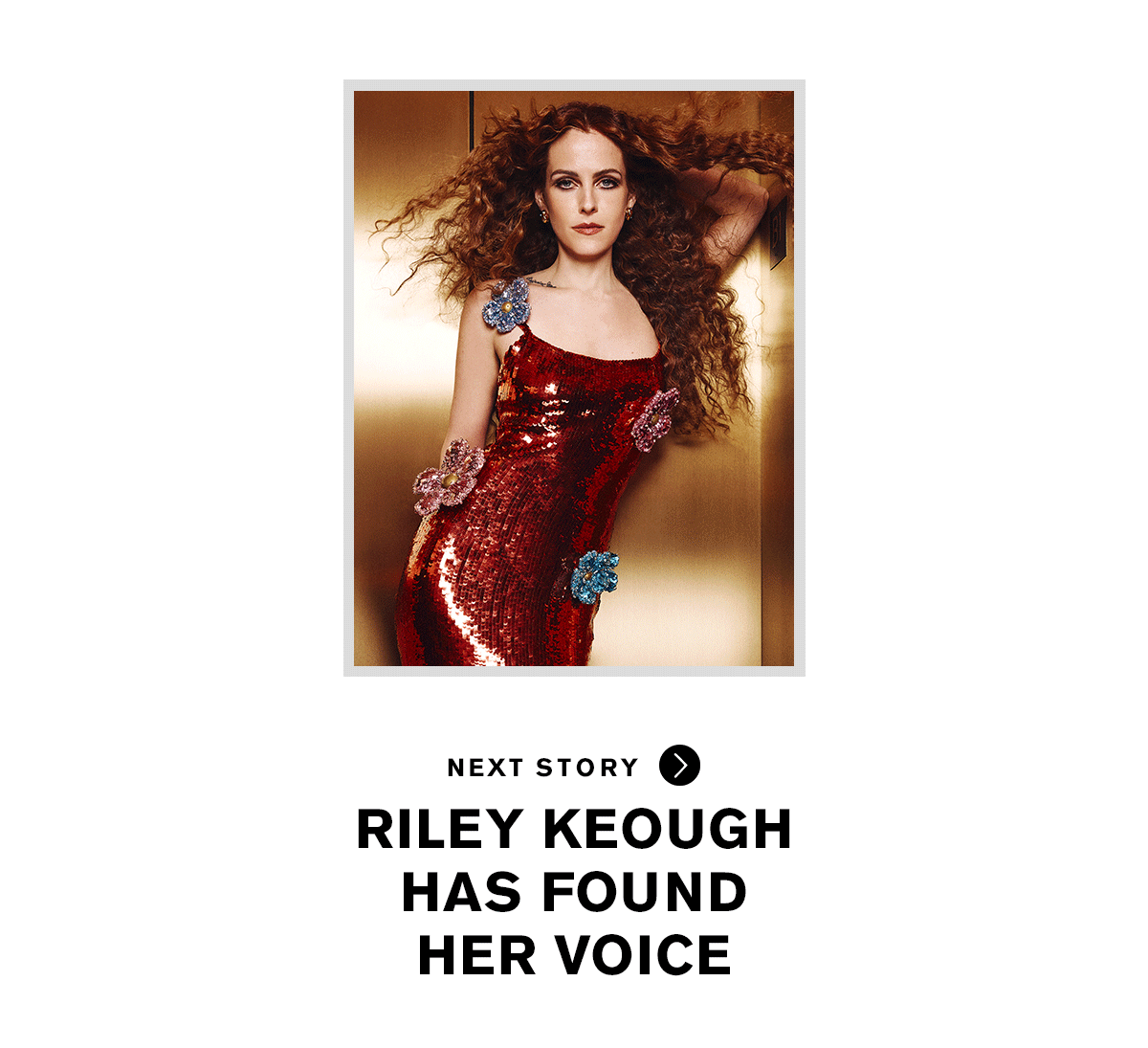

Erin has been writing a mix of beauty and wellness content for Who What Wear for over five years. Prior to that, she spent two and half years writing for Byrdie. She now calls Santa Monica home but grew up in Minnetonka, Minnesota, and studied writing, rhetoric, and communication at University of Wisconsin, La Crosse. She studied abroad in Galway, Ireland, and spent a summer in L.A. interning with the Byrdie and Who What Wear family. After graduating from UW, she spent one year in San Francisco, where she worked as a writer for Pottery Barn Kids and PBteen before moving down to L.A. to begin her career as a beauty editor.
